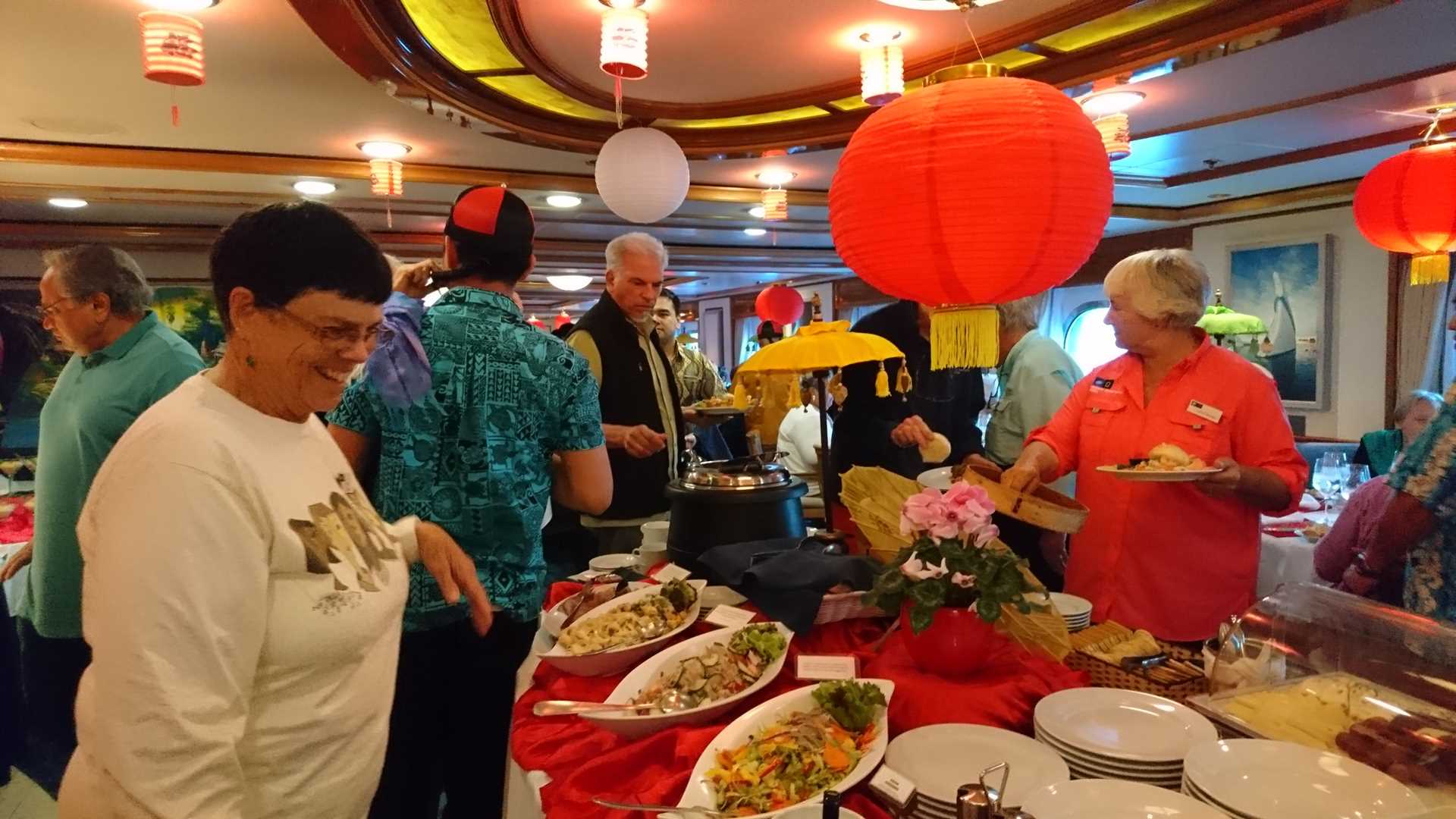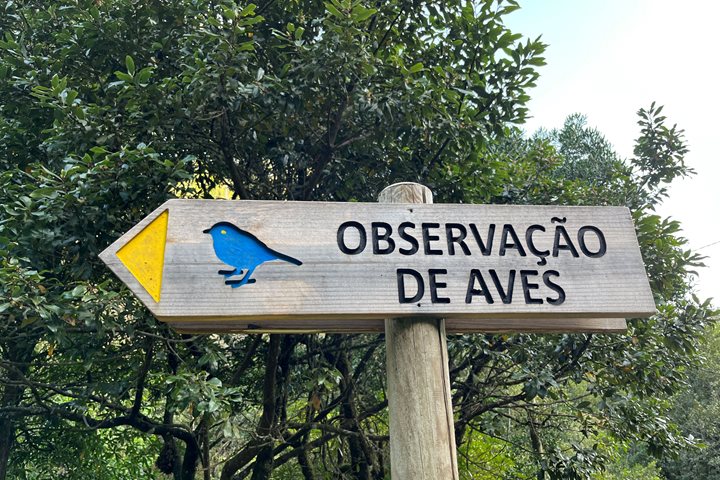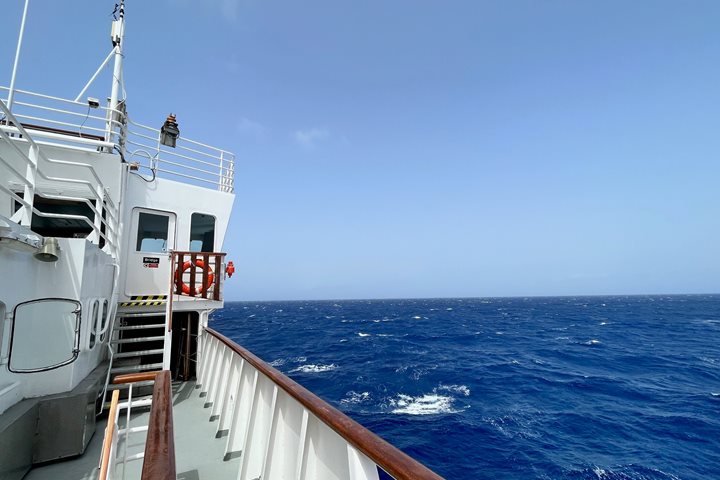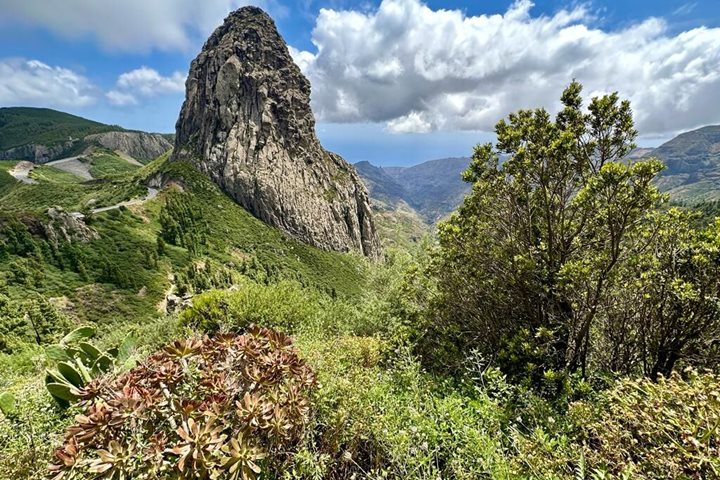Continuing on a south-westerly course, we have arrived off the coast of
The Spanish explorer Juan Días de Solís is credited with founding the city of Montevideo in 1516 on the north bank of the River Plate; he died in the same year and the city has a historic theatre named after him. The area has been strategically important into modern times, a vital route way to and from the Potosi mines along which gold and silver flowed, the latter providing the Spanish name Rio Plata, and providing access by sea for land-locked Paraguay. Captain FitzRoy in command of HMSS Beagle surveyed the estuary extensively, providing ample opportunity for the young Charles Darwin to investigate the rich fossil record of the Argentine hinterland. In 1939, the British audaciously sank the German Panzerschiffe Admiral Graf Spee in the opening months of the Second World War.
Like Columbus before him, Magellan was sailing these waters in the hope of finding a sea route to Asia. This evening our Asian Buffet Dinner appeared to reference this maritime history; more prosaically, it seems that we now have a surplus of rice and a shortage of potatoes in the ship’s stores after eighteen days at sea.







